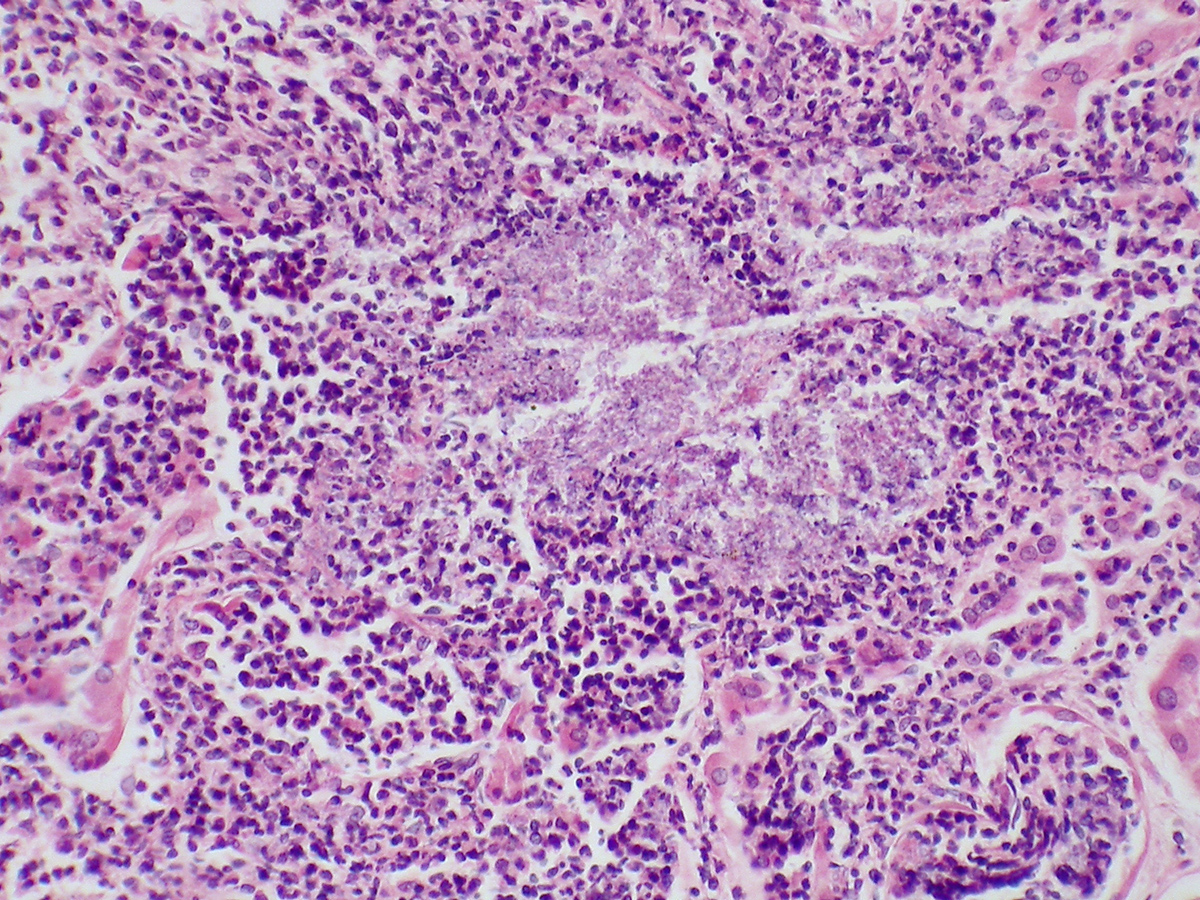
There are four different types of the oral candidiasis. Thrush can be defined by a creamy coating over the oral surface which conceals a red underlying tissue. Erythematous is when the tongue and the palate are covered in red, peeling patches. Chronic hyperplastic is the formation of an extra tissue that appears discolored because it gets stained by tobacco and food and it cannot be wiped off. The fourth type of oral candidiasis is called angular cheilitis. It can occur with types of the disease simultaneously or on its own. It is characterized by a pseudo membrane which covers red cracks at the mouth corners.
The symptoms of yeast infection include burning sensations, pain, problems of digestive tract, depression, fatigue, food and beverage craving and aching joints and muscles.
In most cases the infection is caused by a decreased host defense which results from taking various drug therapies. The therapies and diseases cause certain changes in the oral cavity which leads to an infection. Antibiotics are known of killing certain types of bacteria which inhibit Candida and that ultimately leads to an imbalanced digestive tract. When the balance gets disrupted, the Candida overgrows, becomes invasive and triggers a yeast infection.
The immune system and the resistance to the inflammatory conditions get significantly reduced by glucocorticosteroid preparations. Contraception pills disrupt the balance of the hormones and lower the resistance to Candida’s overgrowth. Certain antidepressants reduce the flow of saliva which can also help the development of oral yeast infection. Mellitus, diabetes and Sjogren’s syndrome can also trigger a yeast infection. Deficiency of iron as well as neck and head radiation can be the cause of development of candidiasis, too. A daily diet that includes excess carbohydrates can cause the overgrowth of Candida and the increase of the yeast’s adhesive properties.
In order to treat candidiasis properly one has to take a prescribed drug therapy and ingest lots of vitamins.
The drugs that are commonly used include Nystatin which is an antibiotic with antifungal properties. Amphotericin B is used for the more invasive forms of Candida and can sometimes trigger some side effects due to its toxicity. Various ketoconazole preparations can also be used for good results. Candicin is an antibiotic with properties similar to those of Nystatin. Triazoles are a more expensive alternative to ketoconazole preparations, but they are less disruptive, too. Other remedies are grapefruit, grapes and capricin tea.
A therapeutic diet is a must for the prevention of a reoccurring yeast overgrowth.


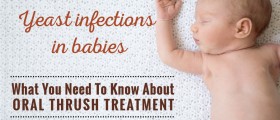

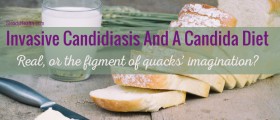

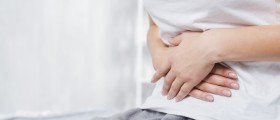



_f_280x120.jpg)

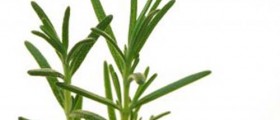

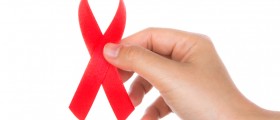
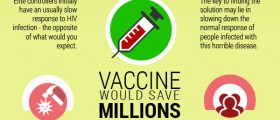
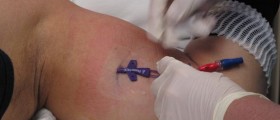
Your thoughts on this
Loading...